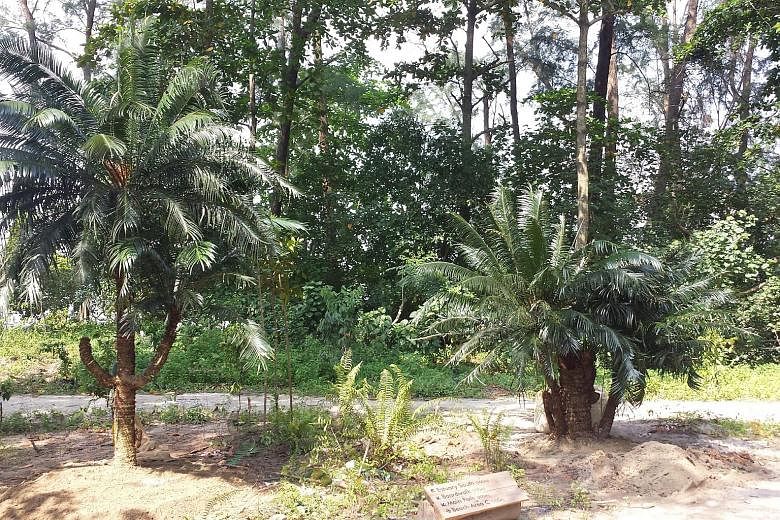SINGAPORE - Nature buffs can look forward to a wider variety of coastal plants at Coney Island Park in the coming years, including endangered varieties.
As part of the National Parks Board (NParks) ongoing habitat enhancement efforts, a five-year programme to enhance the native coastal habitat of the island was launched on Thursday (June 29) in partnership with OCBC Bank.
The initiative will see around 1,400 bank staff, with the guidance of NPark staff, help in the introduction of over 50 species of native coastal plants, many of which are rare and endangered.
The volunteers will be involved from start to finish, from the collection and propagation of the plants, to outreach efforts such as conducting learning expeditions.
According to NParks, this is one of the most diverse habitat enhancement projects planned for Coney Island so far. It will see species such as the Damak-damak Tahun - which was believed to be extinct until it was rediscovered in 2014 - introduced to the area.
This was announced during a tree planting ceremony at the island on Thursday (June 29). The Twin Apple tree (Ochrosia oppositifolia) was one of the eight species planted - before the ceremony, it was previously extinct in Singapore.
In May this year (2017), 20 volunteers from OCBC have already tried their hands at volunteering at the park, where their work involves locating and propagating endangered plant species.
Among them was Mr Daryl Tay, assistant vice-president of group corporate communications at OCBC. The 33-year-old said: "It was interesting as it's not something we do everyday and we learnt a lot from the NParks staff."
The bank donated $250,000 to the Garden City Fund, a registered charity established by NParks, to support this programme.

